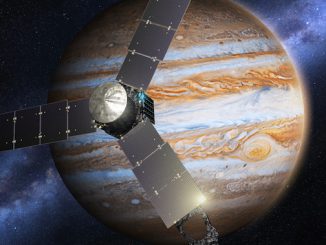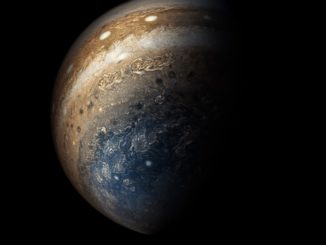
Jupiter

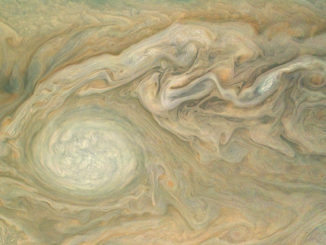

Don’t miss Jupiter’s moons and Great Red Spot during May
Despite more than seven weeks having passed since opposition, the Solar System’s largest planet Jupiter is still big and bright in the UK evening sky of May, highest in the south around 10pm BST. Find out about the phenomena of Jupiter and its moons that you can see from the British Isles for the remainder of the month, starting with a transit of Jupiter’s Great Red Spot on 19 May.


See the Moon and Jupiter get close on 7 May
Observers with a clear sky to the south as darkness falls on Sunday 7 May can see the 12-day-old waxing gibbous Moon and planet Jupiter separated by little more than twice the width of a full Moon. For telescope owners in the UK, this is a night where you can also see Jupiter’s Great Red Spot and the planet’s four large Galilean moons.
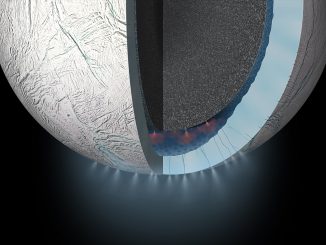
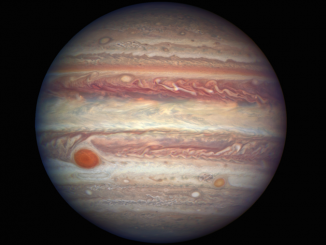

Get ready to view planet Jupiter at its best
Jupiter, the Solar System’s largest planet, reaches opposition on the evening of 7 April and lies closest to Earth for 2017 the following night. Don’t miss the 14-day-old Moon passing close by on the night of 10 April too. Here’s our comprehensive guide to what to see on Jupiter and phenomena of its bright moons for the month ahead.
